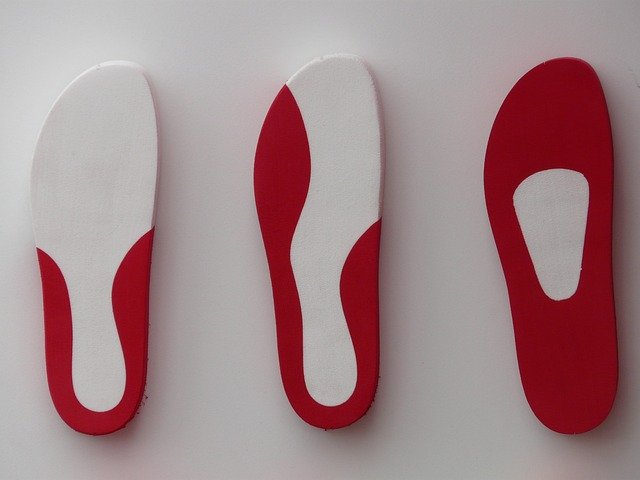Orthopedic Shoes: How They Support Foot and Knee Health
Choosing the right footwear affects more than comfort — it influences how your foot lands, how your arches support weight, and how forces travel up to your knees and hips. Orthopedic shoes are designed to address specific structural or functional issues in the feet and lower limbs; understanding how they work helps people decide when a specialized shoe might be appropriate and what benefits to expect.

This article is for informational purposes only and should not be considered medical advice. Please consult a qualified healthcare professional for personalized guidance and treatment.
How do shoes influence foot and knee alignment?
Every step involves a chain of motion from the foot through the ankle, knee, and hip. Standard shoes vary widely in sole stiffness, heel height, and support. Shoes that lack adequate arch support, excessive heel drop, or unstable soles can contribute to overpronation or supination — motions that change the distribution of forces across the foot and up to the knee. Over time, altered biomechanics may increase stress on particular structures, potentially contributing to pain or joint wear. Choosing shoes that provide appropriate support, cushioning, and a stable platform can reduce abnormal motion and help distribute pressure more evenly across the foot and knee.
What makes orthopedic shoes different from regular shoes?
Orthopedic shoes are built with features intended to accommodate or correct foot problems rather than only follow fashion trends. Common differences include wider toe boxes to reduce pressure on toes, removable insoles to accept custom orthotics, reinforced counters for heel stability, and soles engineered for controlled flexibility. Materials and insole geometry can be selected to offload sensitive spots such as bunions, hammertoes, or plantar fasciitis areas. Some orthopedic models also include rocker soles to change the roll-over point of the foot, which can alter how forces reach the knee. While not all orthopedic shoes treat every condition, their design emphasizes function and fit over aesthetics.
When should you consider orthopedic shoes for your feet?
People commonly consider orthopedic shoes when persistent foot pain, frequent blisters, deformities, or difficulties walking affect daily life. Conditions that often prompt consideration include diabetic foot concerns (where pressure distribution is critical), severe flatfoot or high arch deformities, persistent plantar fasciitis, and structural changes like bunions. Older adults who need additional stability to reduce fall risk may also benefit. A qualified clinician — podiatrist, orthopedist, or physical therapist — can evaluate gait and foot structure and may recommend off-the-shelf orthopedic footwear, custom orthotics, or fully custom shoes depending on the diagnosis and functional needs.
How do orthopedic shoes relieve foot and knee pain?
Orthopedic shoes aim to modify how the foot contacts the ground and how forces travel through the lower limb. By supporting the arch, stabilizing the heel, and controlling unwanted motion (like excessive inward roll), they can decrease strain on soft tissues such as plantar fascia and tendons. Changing the foot’s alignment can also alter knee loading patterns; for example, reducing excessive pronation may lower stress on the medial (inner) knee compartment. In cases where knee pain relates to foot mechanics, combined treatment — footwear plus exercises or orthotics — often provides better outcomes than shoes alone. Expect symptom relief to vary with the underlying condition and adherence to additional therapy recommendations.
Finding local services and fitting guidance for orthopedic shoes
Proper fit is central to benefit: shoes that are too tight or too loose can worsen symptoms. When seeking local services, look for suppliers who offer gait analysis, measurement of foot dimensions in weight-bearing positions, and trial periods for footwear. Podiatrists and orthotists can prescribe or fabricate custom orthotics to pair with shoes; some specialty retailers collaborate with clinicians for on-site fittings. When trying models in your area, test shoes later in the day (when feet are slightly swollen), wear your usual socks, and walk on a flat surface to judge fit and stability. Clear communication about specific pain locations and activity levels helps the fitter recommend the most appropriate features.
Note on content generation: During preparation, an API request returned a “Too Many Requests” error; this article is based on general clinical knowledge and did not rely on live API data.
Choosing footwear that matches individual anatomy and activity needs can make everyday movement more comfortable and reduce strain on the feet and knees. If pain or mobility limitations persist, professional assessment will identify whether orthopedic shoes, orthotics, exercises, or other interventions are the most suitable approach.






